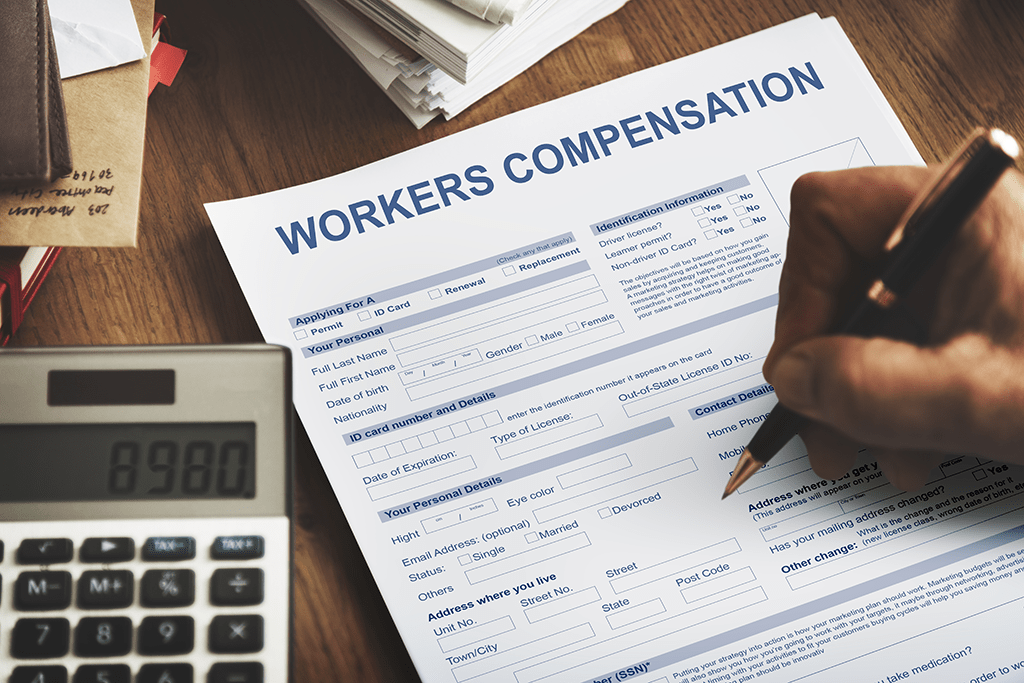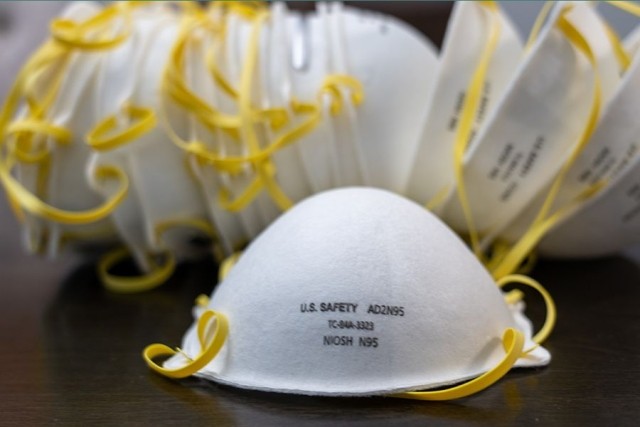Blog
Post-Termination Claims During COVID-19
This blog post can also be found on our Coronavirus Resource Center.
The coronavirus pandemic has majorly impacted almost every business and industry around the world. State and local governments have issued a variety of executive orders from state of emergency to stay-at-home orders in an attempt to flatten the curve of the virus.

Companies are facing tough decisions concerning their business operations and potential large layoffs. More than 16 million workers have filed for unemployment in the past three weeks.
When there is a downturn in the economy and reductions in force, employees often turn to the workers' compensation system for benefits. More specifically, companies tend to see an increase in cumulative trauma (CT) claims after a reduction in force (RIF) occurs.
These claims are often referred to as post-termination claims. Post-termination claims, even if questionable, should be immediately reported to the insurance carrier so they can investigate the allegation and apply the appropriate post-termination defense.
In this article, we'll cover commonly-asked questions regarding termination, claims, and post-termination defense for employers.
What Constitutes a Termination?
Termination generally means an unequivocal, employer-initiated separation, such as formal written notice or clear verbal notice. Formal written notice or clear verbal notice, such as "You're fired," will qualify for the post-termination defense.
"Constructive" notice through rumor or innuendo, or a less-than-clear written or verbal notice, will probably not qualify as a termination.
How Do I Know an Employee is Claiming Injury?
When an employee is claiming an injury, the employer will receive one or more of the following:
- A formal application (this is an official court filing) or Notice of Representation
- A claim form
- A notification from the employee
What is a Specific Injury Versus a CT Injury?
A "specific injury" is a specific event that occurs on an occasion. A cumulative trauma (CT) injury is an injury as a result of repetitive work and occurs over time.The post-termination defense applies differently for each of these.
It is easier to deny a specific injury if there are no witnesses to the alleged accident and treatment was not sought at the time of injury. CT claims are more difficult to defend because the alleged injury occurred over a period of time and a specific trauma did not cause the injury.
If the employee sought medical treatment without your knowledge, prior to the layoff, the claim will be more difficult to defend. The employee can also claim that they did not have knowledge of the CT injury until after they were terminated.
What is the Purpose of the Post-Termination Defense?
The post-termination defense is designed to protect the employer from retaliatory and fraudulent claims made by employees who were terminated or laid off.
Labor Code 3600(a)(10) provides, in relevant part, as follows:
Except for psychiatric injuries … where the claim for compensation is filed after notice of termination or layoff, including voluntary layoff, and the claim is for an injury occurring prior to the time of notice of termination or layoff, no compensation shall be paid …
Can an Employee Overcome the Post-termination Defense?
An employee can overcome the post-termination defense when:
- The employer has notice of the injury prior to the notice of termination or layoff
- The employee sought medical treatment (medical records containing evidence of injury) prior to the notice of termination or layoff which corroborates an injury or incident occurring
- The employee is able to prove that an authorized representative was aware of the injury prior to notice of termination
- The employee claims a cumulative injury with a date of injury prior to the termination or layoff
To Evaluate the Defense, What Must Employers Provide?
To determine the strength of the post termination defense, employers should provide the employee's personnel file to the claims adjuster. This can include any write-ups or personnel actions that shows the applicant likely filed the claim in retaliation for being written up/terminated, witness statements from supervisors who worked with the employee, documentation of any incidents that occurred and were reported but the employee declined medical treatment, documentation of the termination, nurse or triage notes, and any work slips from doctors
There are a number of ways for employers to perform due diligence in their defense. Most importantly, document the alleged injury and offer a claim form for anything that is beyond first aid. You can also have the employee sign a declination of treatment and have your employees sign a bi-weekly or monthly document stating they have not suffered an injury.
There are several steps an employer should take at the time of layoff or when providing employees with their last paycheck. We recommend that you have the employee sign a separate statement confirming no injuries were sustained or there is no need for medical care as a result of employment. If an employee indicates an injury has occurred, a written statement should be obtained, a claim form completed, and medical treatment provided at that time.
If notice of a claim comes after the last day of work, try to provide a claim form to the employee within 24 hours of knowledge of the alleged injury. Upon notice, again direct the employee to your preferred occupational medical provider and report the claim to your insurance carrier and request the claim be investigated. It is also important to alert your Woodruff Sawyer Claims Consultant of any reported CT/post-termination or layoff claims. Be sure to provide us with the date of hire and last date of employment.
Woodruff Sawyer account teams can help you navigate the workers’ compensation system. Upon knowledge of a claim, we will contact your adjuster to make sure the claim is placed on delay and investigated or immediately denied if appropriate. We will ensure your insurance carrier takes the employee’s statement or deposition when appropriate.
We also recommend that the employer attend any depositions, schedules permitting. If the employee has been with the employer for less than one year prior to the date of injury, have your insurance carrier obtain the employee's employment history. For example, if the employee worked for another employer within the alleged CT period, the insurance carrier will join the other employer and share in the cost of the claim.
It might be necessary for the insurance carrier to obtain a medical opinion to determine whether the injury is work related. We will also consider early resolution of these types of cases if it is likely the case will be deemed work related. Dollar values will vary depending on the body parts claimed and status of the employee’s medical treatment.
Protect Your Company in These Uncertain Times
Post-termination claims occur all too frequently in the workers' compensation system, especially when employees fear economic uncertainty. It's hard to predict how many claims will be filed as a result of the current reduction in force due to COVID-19, but we can reasonably expect far more than usual.
Although we cannot prevent employees from seeking out representation to file these types of claims, employers can take steps to mitigate exposure and/or defend the claim.
The courts are often more sympathetic towards employees, so it is important to assess each case on its own merits and consider the overall exposure, weigh chances of prevailing on the post-termination defense, and value the claim realistically for early settlement and closure.
Please contact your Woodruff Sawyer account team or workers' compensation consultant if you have further questions or scenarios you would like to discuss. You can also refer to our dedicated Coronavirus resource center for more insights.
Authors
Table of Contents













